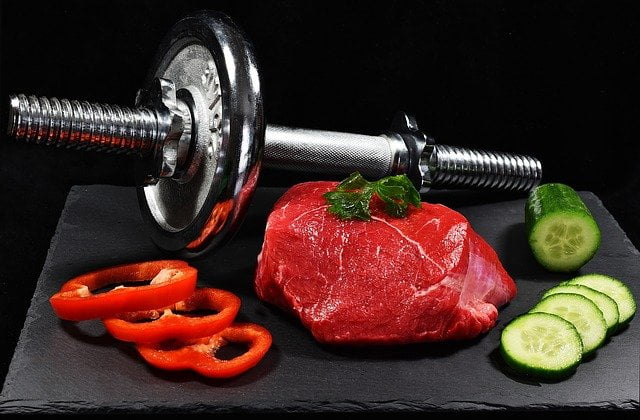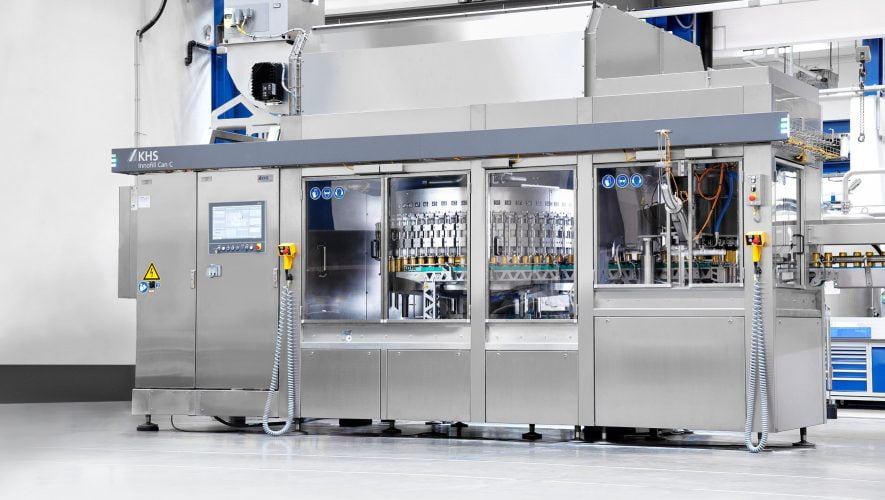Author: Christian Philippsen, Managing Director, BENEO Asia Pacific
Consumers in Asia have begun to recognise the importance of exercising and keeping fit in order to stay healthy — especially in light of the pandemic.
The growing interest to maintain physical fitness is mirrored in the rise of the sports nutrition market, which is expected to grow by 12.2% in the next five years, with beverages being the highest-selling product segment[1]. The report also states major growth drivers for the sports drink market are increasing health concerns about physical wellbeing, as well as a desire to lead a healthy lifestyle.
But, consumers today are spoilt for choice. There’s a huge variety of sports nutrition products that are available on shelves and through vending machines today. However, most of these products —designed to increase energy — contain ‘fast carbohydrates’ (such as maltodextrin, glucose syrup and sucrose). These carbohydrates release glucose into the bloodstream quickly, causing a short boost of energy. At the same time, however, this also triggers a significant increase in blood sugar and insulin levels, which may in turn result in a sugar crash.
While such short energy boosts may be suitable for those in need of instant energy, they are not ideal for day-to-day activities or those training to build up their endurance. Smart-released carbohydrates, on the other hand, can support these groups of consumers and deliver energy in a balanced, sustained manner. There is therefore an opportunity for sports drinks to be formulated with such carbohydrates to help consumers enhance fuel management and endurance. This shows that it is important to look at the nutritional quality of the carbohydrates we consume.

Different needs, but with a common goal
Fitness consumers can generally be categorised into two main groups who have different motivations for exercise and do so at varying intensity levels.
Consumers who train regularly and rigorously fall under the “Athletes” group. Efficient fuel management is vital for this performance-driven group, as they constantly push themselves to improve and surpass their limits.
“Regular Actives” are consumers who exercise recreationally and look for sportified products to support their active lifestyles. This is the largest group where most consumers fall in, so it is an important demographic for food manufacturers to note. Their goal is to maintain healthy body weight and improve body tone, as well as stay fit and active. Despite the differences between these groups, an optimum energy supply is important to all of them, and especially relevant when fuelling an active lifestyle.
A carbohydrate that can help these different target groups address their needs to improve energy management is Palatinose™. It is the only low-glycaemic but fully available carbohydrate providing energy in a balanced and sustained manner. This lower and more balanced blood glucose response results in less insulin release and an improved metabolic profile, without the significant drops in blood glucose that are often associated with conventional higher glycaemic sugars. In addition, the lower insulin levels allow for a higher rate of fat burning, instead of carbohydrate burning, for energy supply.
The beneficial effect of Palatinose™ on blood glucose levels and its corresponding insulin response have been demonstrated in various human clinical studies and in all groups of people.[2]
Taste is key
It is clear that sports nutrition products have shifted from the realm of professional athletes to regular active consumers — who are looking for nutrition to support their active lifestyles or indulgence with fitness characteristics.
While consumers with different fitness goals can all benefit from carbohydrate energy provided in a sustained way, taste and texture remain essential for these products to become a regular feature in their shopping baskets.
For instance, Palatinose™ (generic name: isomaltulose), which is naturally derived from pure beet sugar and also occurs in honey in small amounts, has a natural, mild sugar-like taste with good solubility. This makes it an excellent alternative to sucrose, fructose, or other carbohydrates, and ideal for use in almost all kinds of sports food and beverages including ready-to-drink and instant beverages, sports gels, jellies, and bars without compromising on taste and texture.
Many food manufacturers are already looking to add sports variants to their product ranges to address different needs, and respond to the current demand for sports nutrition. Alternative carbohydrates such as Palatinose™ can help them hit a homerun by providing consumers with sustained carbohydrate energy, while improving blood sugar management and increasing fat burning potential — without compromising on taste.
[1] Mordor Intelligence: Sports Nutrition Market – Growth, Trends, and Forecasts (2020 – 2025)
[2] Maresch CC, Petry SF, Theis S et al. (2017) Low glycemic index prototype isomaltulose – update of clinical trials. Nutrients 9(4): 381. https://www.ncbi.nlm.nih.gov/pmc/articles/PMC5409720/



